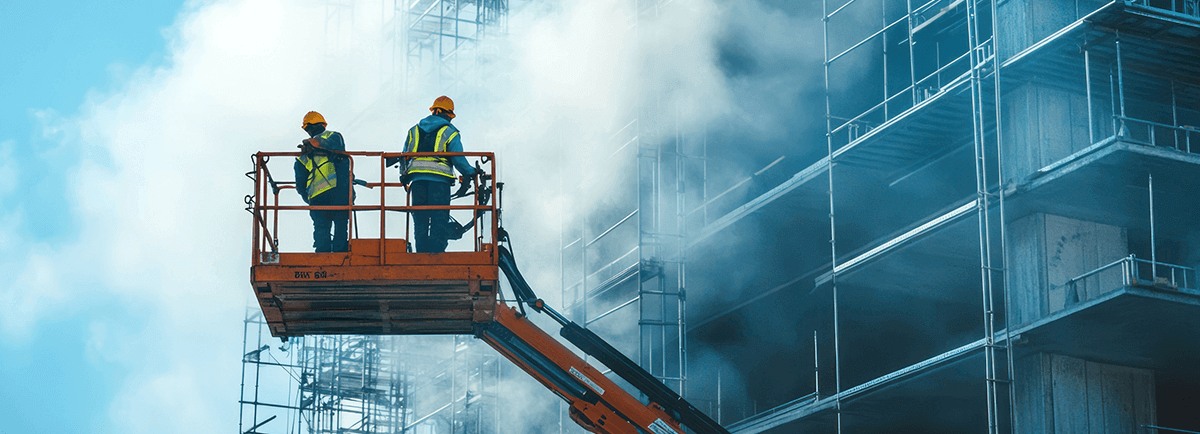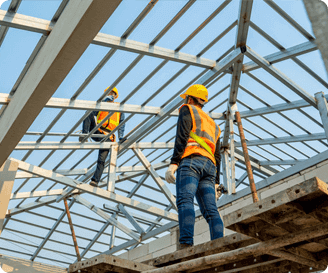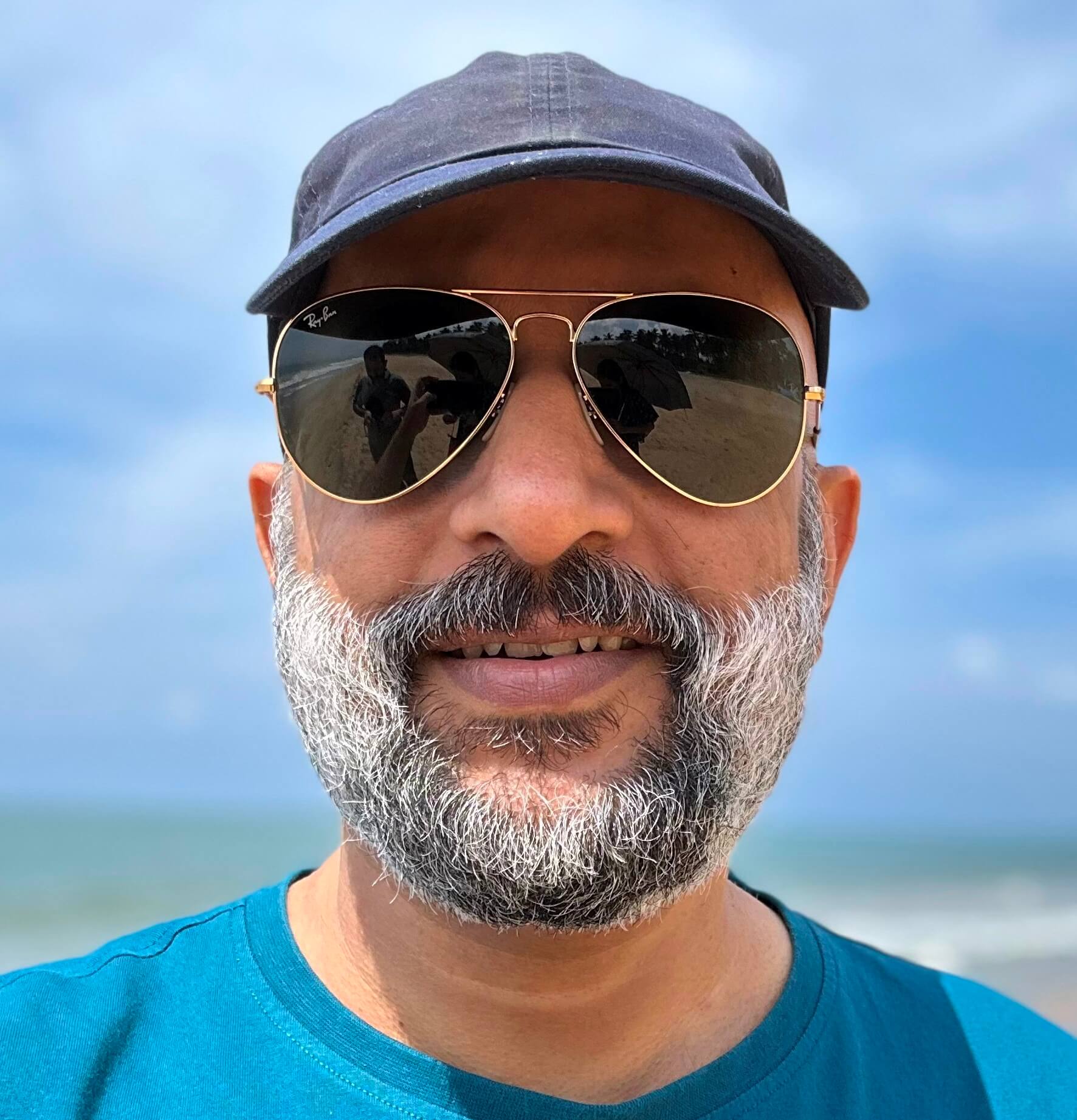
How to Spot and Prevent Potential Serious Injuries (PSIFs)
Not every near miss is just a close call—some are ticking time bombs. Many organizations focus on reducing minor injuries, assuming it will naturally lead to fewer serious incidents. But that’s not always the case.
Potential Serious Injury and Fatality (PSIF) incidents are those close calls or unsafe conditions that, under slightly different circumstances, could have led to life-altering harm or death. The key to preventing these tragedies is identifying, tracking, and analyzing PSIF events before they escalate into actual Serious Injuries and Fatalities (SIFs). In this guide, we’ll break down a practical approach to recognizing PSIF incidents, the warning signs to look for, and how to build a proactive reporting and mitigation strategy.
What Are PSIF Incidents?
A Potential Serious Injury and Fatality (PSIF) incident is any event, near miss, or hazardous condition that could have resulted in a fatality or life-threatening injury if circumstances had been slightly different. Unlike minor injuries, PSIFs involve high-risk situations that demand urgent attention.

For example:
- A worker slips on a wet surface but catches themselves—had they fallen onto sharp machinery, the outcome could have been fatal.
- A piece of heavy equipment malfunctions but doesn’t injure anyone—if it had failed while in use, the consequences could have been severe.
- A falling object lands inches away from a worker—had it struck them, it could have caused serious harm.
Identifying and tracking these “near-disasters” helps organizations address risks before they turn into tragedies.
Why Identifying PSIFs is Critical
Many companies rely on traditional safety metrics like Total Recordable Incident Rate (TRIR) to measure workplace safety. However, TRIR tracks injuries that have already happened—it doesn’t predict or prevent serious incidents.
Here’s why PSIF identification matters:
✔ Serious injuries and fatalities often follow different patterns than minor injuries. Focusing only on reducing minor injuries doesn’t always prevent major ones.
✔ PSIF tracking helps detect hidden dangers. It shifts the focus from injury numbers to high-risk scenarios.
✔ Organizations with strong PSIF programs reduce SIF events. Identifying high-potential hazards leads to proactive safety improvements.
In short, preventing serious incidents starts before they happen—by recognizing and addressing PSIFs in time.
How to Identify PSIF Incidents
1. Establish Clear Criteria for PSIF Events
Not every near miss qualifies as a PSIF. Organizations must define clear criteria to determine which incidents had the potential for serious injury or fatality.
Common PSIF indicators include:
- Working at heights without fall protection
- Unguarded machinery in high-risk areas
- Hazardous energy exposure (e.g., live electrical work)
- Uncontrolled heavy equipment movements
- Chemical spills or toxic exposures
If an incident involved one or more of these factors, it likely qualifies as a PSIF.
2. Train Employees to Recognize PSIFs

Employees are the first line of defense in identifying PSIF incidents. However, many workers only report injuries—not potential risks.
To change this:
- Educate teams on PSIF indicators through toolbox talks and real-life examples.
- Encourage reporting of high-risk situations, not just actual injuries.
- Foster a safety culture where near-miss reporting is valued, not punished.
Organizations that actively train employees to spot and report PSIFs significantly improve workplace safety.
3. Implement a Robust Reporting System
A strong PSIF reporting process ensures that near-miss data is captured, analyzed, and acted upon.
Key elements of an effective system:
- Easy-to-use digital reporting tools (mobile apps, online forms)
- Anonymous reporting options to encourage honest submissions
- Categorization of PSIFs based on severity and risk level
- Real-time notifications for high-risk PSIF events
By making reporting simple and accessible, companies can gather critical safety intelligence from their workforce.
4. Analyze and Prioritize PSIF Incidents
Not all PSIFs carry the same level of risk. Some require immediate action, while others may need further assessment.
A structured approach includes:
- Risk Scoring: Assign a severity rating to each PSIF.
- Root Cause Analysis: Investigate why the event occurred and what barriers failed.
- Trend Identification: Look for recurring PSIF patterns to address systemic issues.
Safety teams should regularly review PSIF reports and take action before risks turn into actual serious incidents.
5. Take Corrective Actions and Monitor Improvements
Identifying PSIFs is only step one—organizations must also act on the findings to prevent future incidents.
- Implement engineering controls (e.g., better machine guarding, improved ventilation).
- Revise safety procedures and provide refresher training.
- Conduct leadership safety walks to assess high-risk areas.
- Track effectiveness of corrective actions to ensure long-term safety improvements.
Companies that treat PSIF tracking as an ongoing process (rather than a one-time initiative) see lasting reductions in serious injuries and fatalities.
Final Thoughts
The best way to prevent Serious Injuries and Fatalities (SIFs) is to catch them before they happen. Tracking PSIFs allows organizations to recognize high-risk scenarios, take action, and build a safety culture that prioritizes prevention over reaction.
By training employees, improving reporting systems, analyzing trends, and acting on risks, businesses can reduce the likelihood of life-altering incidents—protecting both their workforce and their bottom line.
Would your workplace pass a PSIF readiness check? If not, it’s time to take a proactive approach to serious injury prevention.

Ramesh Nair is the Founder and Principal Partner of Niyati Technologies, the company behind Safetymint.
He’s a dedicated advocate for workplace safety. Ramesh firmly believes that every individual deserves to return home safely after a day’s work. Safetymint, the innovative safety management software, emerged from this conviction. It’s a platform designed to streamline safety management, empower safety professionals, and enhance safety in workplaces.
Through his blog, Ramesh shares insights, best practices, and innovative solutions for workplace safety. Visit his social media profiles to follow him for regular updates.



